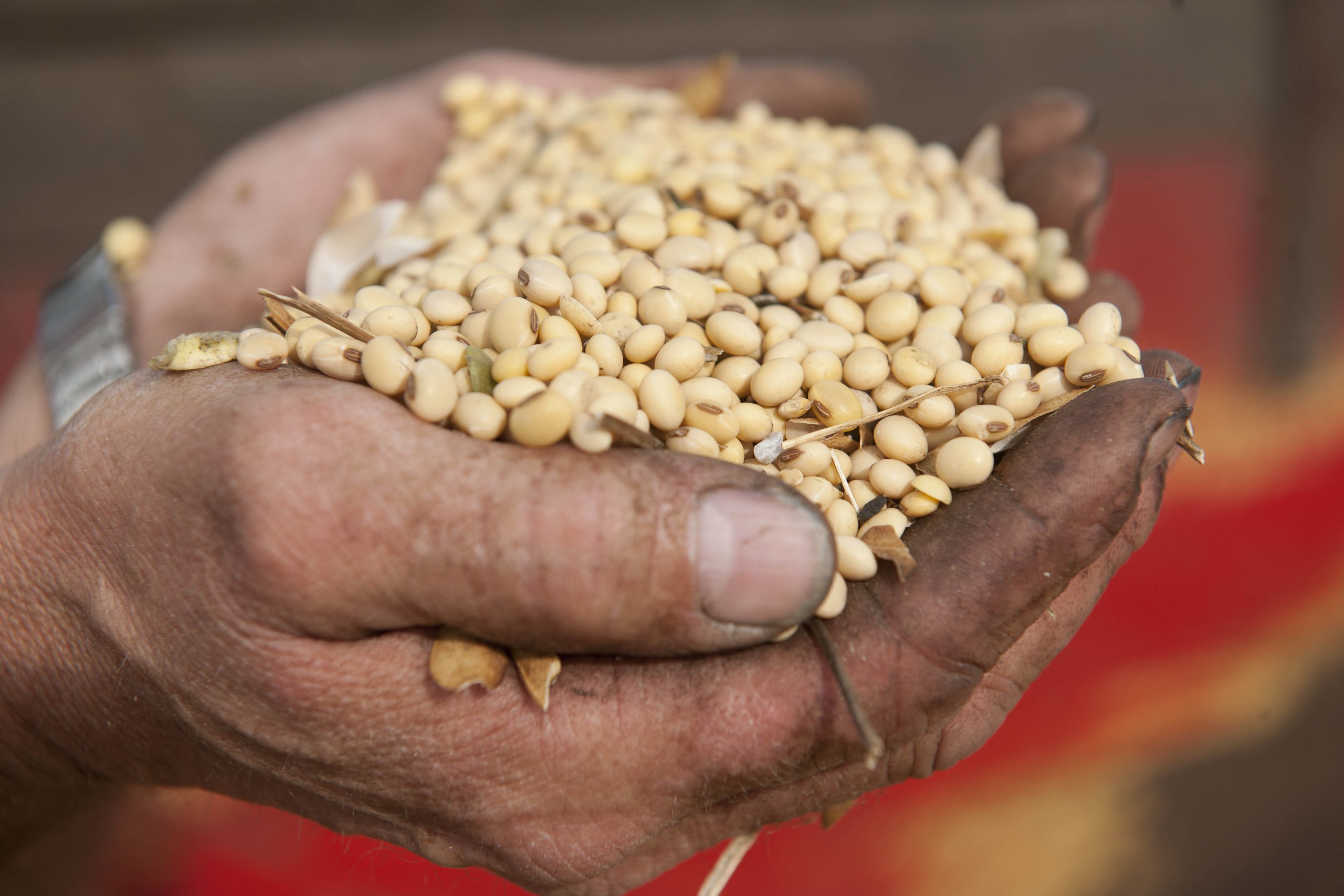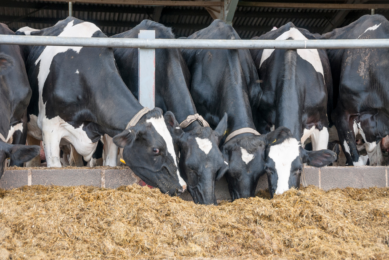EU Protein Plan to target protein deficit

The European Protein Plan, aimed to increase the yield, quality and competitiveness of European grown protein sources, is one step further.
The European Commissioner for Agriculture & Rural Development, Phil Hogan, recently said that he will launch a market report and a stakeholder survey linked to this plan. The European Commission is asking experts and stakeholders for their views on the state of play in the EU plant protein sector, the first phase in the possible development of an EU-wide protein plan.
State of play
This protein is aimed to close the gap of the European feed protein deficit. European production of protein crops is not sufficient to cover demand, due in part to the agro-climatic conditions in Europe which do not favour the widespread cultivation of protein-rich crops such as soybeans. At the same time, soy prices are increasing and pose a risk to further deforestation. Focusing on other protein sources, grown in Europe is therefore needed for sustainable future. The aim is to produce a detailed report on the state of play and possible future measures by the end of 2018. Industry experts and stakeholders interested in taking the questionnaire can do so here.
Focus on competitiveness
The European compound feed industry represents the largest user of plant proteins grown in Europe and imported from third countries. The European Compound Feed Manufacturers’ Federation (Fefac) members look forward to providing their animal nutrition / stakeholder expertise and economic impact assessment throughout the survey period and during the planned thematic DG AGRI workshops. Fefac stresses the need to focus on the competitiveness of home grown plant protein sources in the market study, noting the importance of EU cereal and oilseeds production as the key source of vegetable proteins in EU feed use as highlighted in the new EU protein balance sheet. The nutritional expertise provided by the feed industry facilitates the making the most resource efficient use of available protein sources responding to the physiological requirements of the EU farm animal population, minimising nutrient losses. This has led to a decrease of crude protein levels on monogastric feed by app. 3% over the past 2 decades (to an average of 15.5% in pig finisher diets), by improving the digestibility and quality of plant protein sources.

New proteins in animal feed entail legumes, peas, algae and more. Read all about it in the dossier on All About Feed.
Raising yield and quality
Fefac considers additional research efforts are needed to raise both yields and protein quality of EU plant protein sources (amino-acid profile and anti-nutritional factors), including oilseeds. European research programmes are crucial to increase the efficiency of protein production and consumption by farm animals (digestibility). At the same time, Fefac reminds all stakeholders on the need to set realistic targets for EU plant protein production as the EU will not become self-sufficient for its needs in protein rich feed materials on the short or medium-term. In the interest of the sustainable development of European livestock farming, a comprehensive responsible protein supply chain framework needs to be developed to ensure that both imported protein-rich feed materials (mainly soybean meal) and home grown protein sources are produced responsibly, meeting GAP, environmental and social standards. The Fefac soy sourcing guidelines launched in 2015 in partnership with ITC, provide an independent benchmark system for farmer-owned and other supply chain partner programmes for the production and distribution of responsibly produced soy products.
[Source: Fefac]











